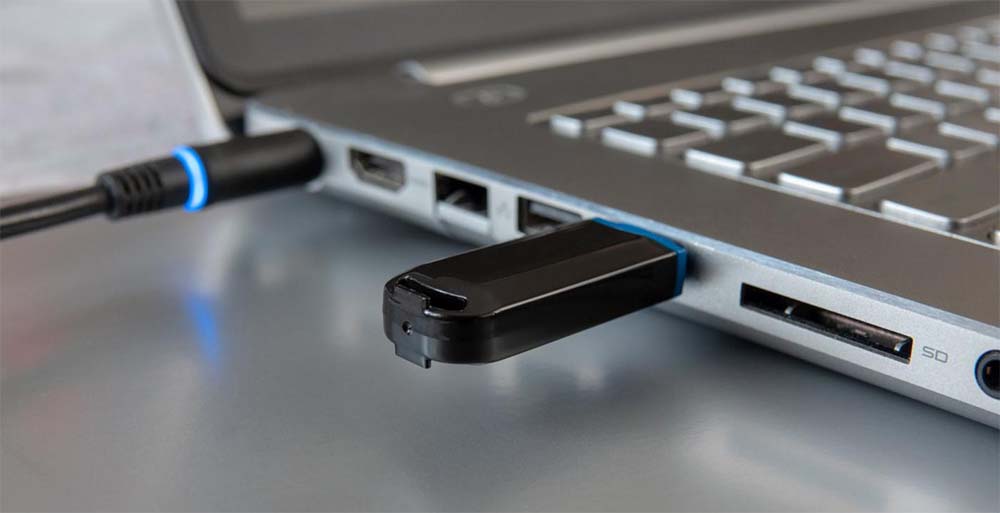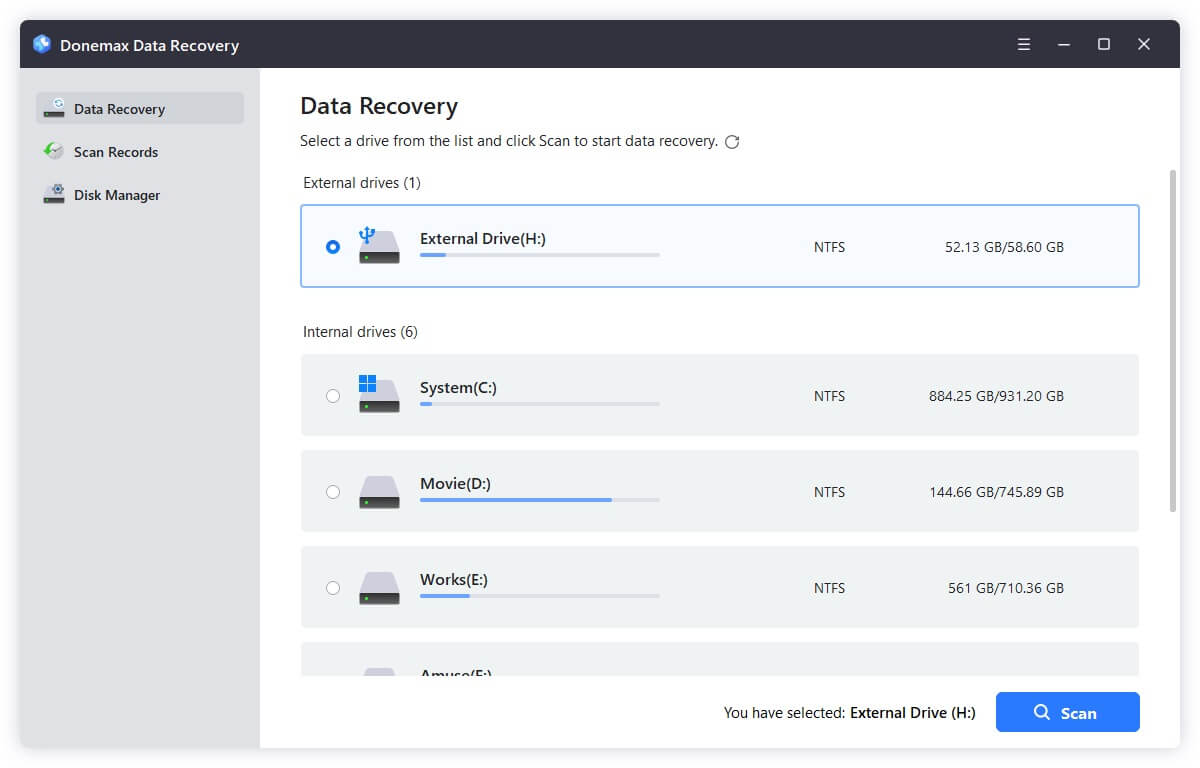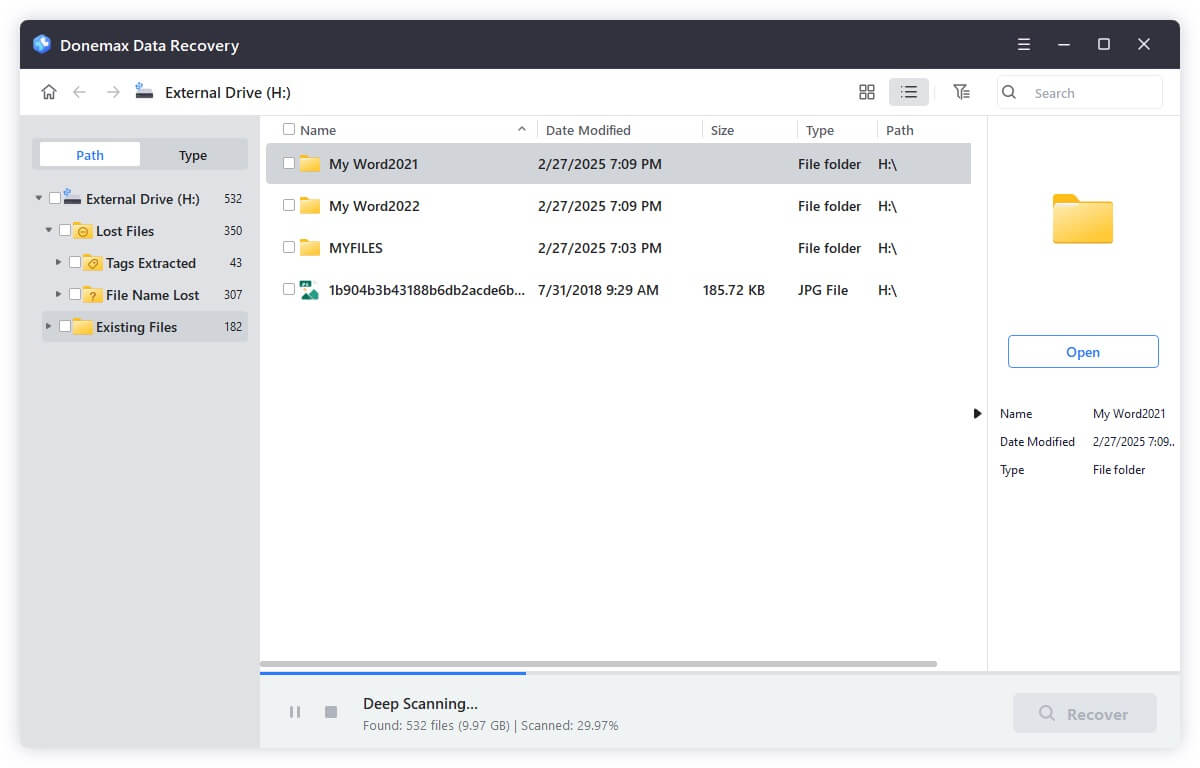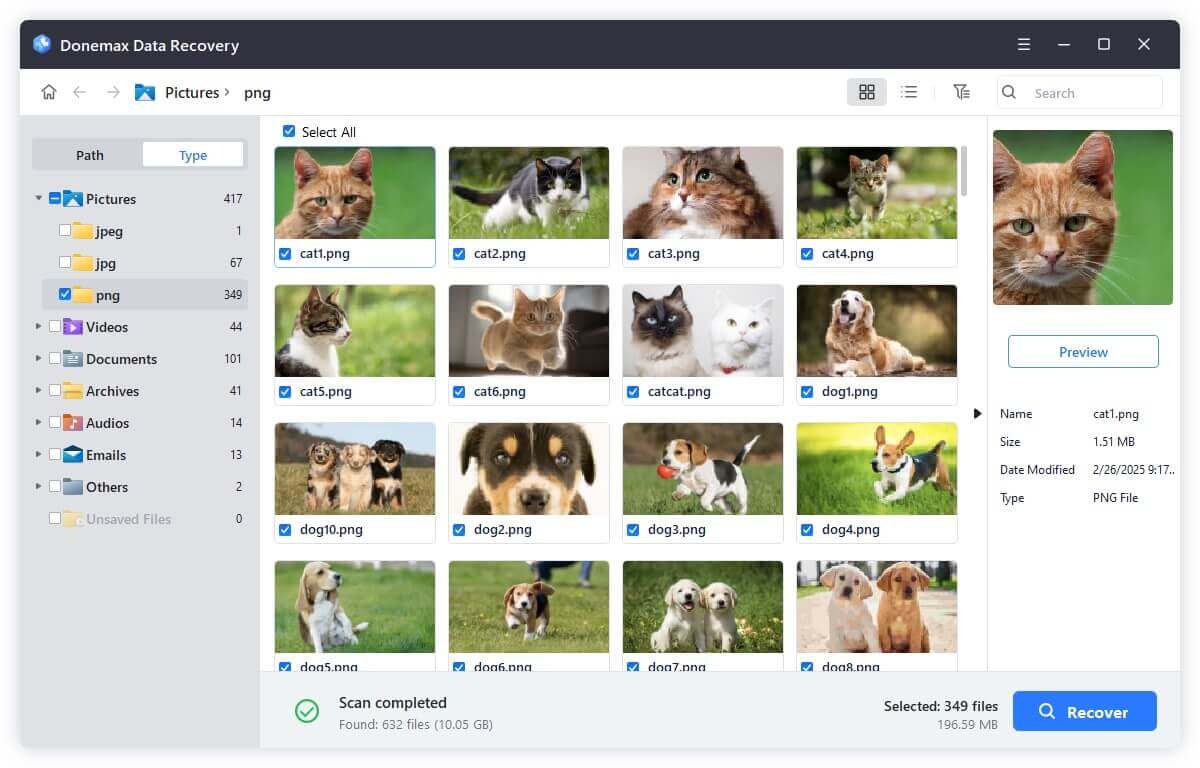PAGE CONTENT:
Have you ever felt terrible when you quickly pulled out your USB drive and realized you might lose your data? Don't worry; you're not the only one. We've all been there, but there is hope. This article will show you how to get back info from a USB drive you accidentally took out. Think of this as your digital rescue mission.
We'll talk about the steps you need to take to get your important files back. There you have it! If you're ready to regain your data and make that worry disappear, let's dive in and learn more about USB drive data recovery!

Consequences of Unplugging USB Drives Unsafely
Pulling a USB flash drive without properly ejecting it could cause data loss, corruption, or nuisance. When you safely remove a USB drive, the operating system can finish any read or write tasks that are still open. It ensures all cached data is written to the drive before it is disconnected.
If you don't do that, this process will stop, leaving files open to attack. Sometimes, data can get damaged or locked out because of mistakes in the file system or incomplete writes. Over time, unplugging USB drives too many times without properly ejecting them can also make gear more likely to break.
Recover Data from Corrupted Flash Drives
1. Do Not Use The Drive
As soon as you understand that you lost data because you took the USB drive out too soon, it would help if you did nothing else with it. One way to do this is not to save or delete any new files. If you keep using the drive, you might erase the lost data, making it harder or impossible to return.
2. Use Data Recovery Software
Many reliable data recovery apps can back lost or wiped files from USB drives and other storage devices. Donemax Data Recovery, Recuva, EaseUS Data Recovery Wizard, and TestDisk are a few examples. These programs usually have easy-to-use interfaces and step-by-step guides to help you get your info back. Carefully follow the software's instructions as it scans the USB drive for files that can be recovered.
3. Select Recovery Files
The software shows a list of files that can be recovered after it scans the USB drive. Look over the list slowly and pick out the things you want to get back. You can see what's inside some software before you start the repair process. First, you should focus on returning the most important or valuable info.
4. Restore Data
Once you've picked out the files you want to get back, follow the software's on-screen instructions to start the repair process. The time it takes to do this may depend on the size and number of restored files. Wait patiently and let the software finish the job without stopping it.
5. Backup Recovered Data
Once you've recovered your lost data, you need to make a backup to keep it from happening again. Store the recovered files on multiple computers or use cloud storage services for extra safety. Backing up your data is important to protect yourself against unplanned events like losing it by mistake or hardware failing.
For example, follow the steps below to recover lost data from a USB drive:
Step 1. Download and install Donemax Data Recovery on your computer, make sure you’ve connected the USB drive to the same computer.
Step 2. Open Donemax Data Recovery, then select the USB drive.

Step 3. Click on Scan button to deeply scan the USB drive to find all existing/lost files.

Step 4. Once the scan is completed, select the wanted files and save them.

Note: Once you’ve recovered all lost data, just use disk formatting tool like Disk Management to format the USB drive to fix the corruption issue.
How to Prevent Data Loss in the Future?
Eject Properly
One of the easiest and most effective ways to keep your data safe on USB drives is to correctly remove them from your computer. It lets the operating system finish any read or write tasks that are still open and makes sure the drive can be safely removed.
Regularly Backup Data
Set up a regular time to back up your important info and files. It could mean using an external hard drive, cloud storage, or regular backup software to save your files. Ensuring your backups are always up to date will protect your data from getting lost or destroyed.
Be Careful While Transferring Files
If you are moving files to or from a USB drive, don't unplug it while the work is done. Do not take the drive from your computer until the copying process is finished.
Choose High-Quality USB Drives
Choose well-known brands and high-quality USB drives if you don't want to lose your info because of broken hardware. Even though cheap choices look good, they are more likely to have problems like data loss or corruption.
Conclusion:
Removing a USB drive by mistake can cause data loss or corruption, but you can do some things to lower these risks and get back your important files. You can improve the chances of successfully recovering your data and stopping it from reoccurring.
You can also protect your data and make your storage devices last longer by following best practices for safely ejecting USB drives and buying good hardware. You can get through the problems of USB drive data recovery and protect your digital assets well if you work hard and take action.
Related Articles
- Mar 12, 2025Recover Lost Data from Seagate One Touch SSD: A Complete Guide
- Jun 20, 2025How to Recover Deleted ODT File (OpenDocument Text File)? [5 Methods]
- Mar 08, 2025Top 5 Free WD Data Recovery Software: Best Tools & Step-by-Step Guide
- May 20, 2025What is a RAR File, How to Recover Deleted RAR File?
- Jun 28, 2024How to Recover Lost Data After Factory Reset on Windows 11/10/8/7?
- Jun 20, 2024How to Recover Lost Data from LaCie Rugged SSD?

Steven
Steven has been a senior writer & editor of Donemax software since 2020. He's a super nerd and can't imagine the life without a computer. Over 6 years of experience of writing technical solutions and software tesing, he is passionate about providing solutions and tips for Windows and Mac users.

Gerhard Chou
In order to effectively solve the problems for our customers, every article and troubleshooting solution published on our website has been strictly tested and practiced. Our editors love researching and using computers and testing software, and are willing to help computer users with their problems